Hanwha selects 3D-Micromac laser contact opening systems for PERC solar cell production
source:Industrial Laser Solution
release:Nick
keywords: laser micromachining 3D-Micromac PERC solar cells
Time:2017-12-02
PERC solar cells have the potential to deliver a significantly higher level of energy efficiency compared to standard solar cells. A critical step in the manufacturing process of PERC solar cells is laser contact opening (LCO), where laser ablation is used to perforate a thin passivation layer onto the rear side of the solar cell. This process reduces electrical losses in the cell, resulting in approximately 1% (absolute) higher conversion efficiency.

Passivated emitter rear contact (PERC) solar cells can deliver significantly higher levels of energy efficiency compared to standard solar cells.
The microCELL OTF laser platform features on-the-fly technology—a laser process that takes place while the wafer runs in continuous motion through the machine, boosting the throughput by eliminating dead cycles for motion encountered with competing approaches. The system achieves throughput values above 4000 wafers per hour (wph) with single-lane systems and above 8000 wph with dual-lane systems.
The systems also offers contactless wafer handling, which holds the wafer in place on an air cushion during processing to reduce or eliminate surface defects and microcracks, enabling maximum yields. Mechanical wafer handling, on the other hand, can increase the likelihood of surface defects and microcracks occurring, which can result in additional wafer damage during subsequent process steps.
"The Chinese market is a highly competitive one, with a strong focus on pricing," says Tino Petsch, CEO of 3D-Micromac. "By providing high quality and yield, as well as cost dilution through the highest throughput values in our laser systems, we succeeded in being the first choice for the technology conversion at Hanwha's Chinese solar cell manufacturing plant."
3D-Micromac's systems and services have been implemented in various high-tech industries worldwide.
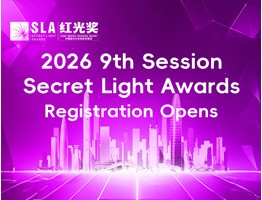 9th Secret Light Awards Launch: Million-Yuan Fund + National Award Recommendation
9th Secret Light Awards Launch: Million-Yuan Fund + National Award Recommendation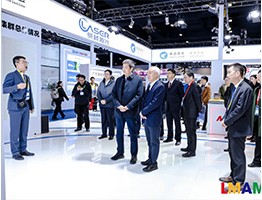 Top Enterprises Gather: 1st Laser & Additive Manufacturing Innovation Conference Wraps Up
Top Enterprises Gather: 1st Laser & Additive Manufacturing Innovation Conference Wraps Up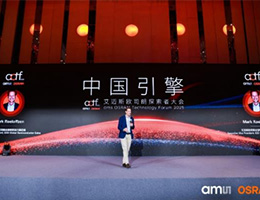 2025 ams OSRAM Explorer Conference: "China Engine" Drives Future Innovation
2025 ams OSRAM Explorer Conference: "China Engine" Drives Future Innovation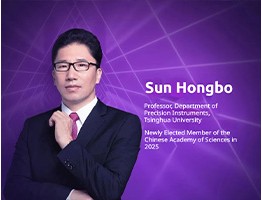 Tsinghua's Sun Hongbo, SLA Review Expert, Becomes CAS Academician
Tsinghua's Sun Hongbo, SLA Review Expert, Becomes CAS Academician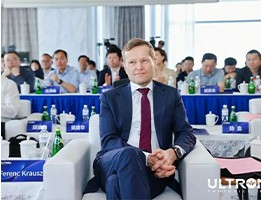 4th Collaboration! What Brought the Global Laser Academic Guru to Chinese Univs & Leading Firms?
4th Collaboration! What Brought the Global Laser Academic Guru to Chinese Univs & Leading Firms?
 Scanner Optics: Galvanometer Tech Leader
Scanner Optics: Galvanometer Tech Leader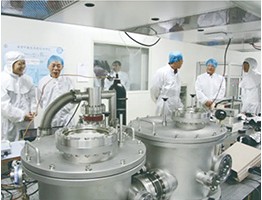 The "Light Chasers" in the Deep Ultraviolet World
The "Light Chasers" in the Deep Ultraviolet World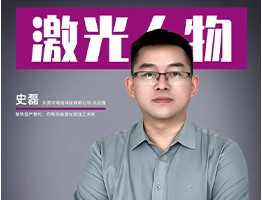 Shi Lei (Hipa Tech): Focus on Domestic Substitution, Future Layout in High-End Laser Micromachining
Shi Lei (Hipa Tech): Focus on Domestic Substitution, Future Layout in High-End Laser Micromachining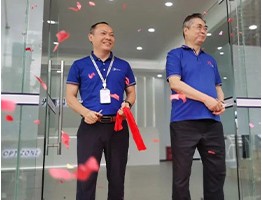 Optizone Technology: 17 Years Devoted to Optics – High-Power Optics Mass-Production Pioneer
Optizone Technology: 17 Years Devoted to Optics – High-Power Optics Mass-Production Pioneer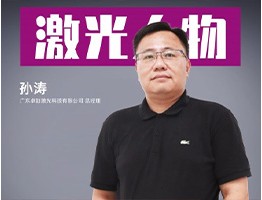 Zhuojie Laser: Breaking barriers via tech breakthroughs, aiming to lead high-end light sources
more>>
Zhuojie Laser: Breaking barriers via tech breakthroughs, aiming to lead high-end light sources
more>>
